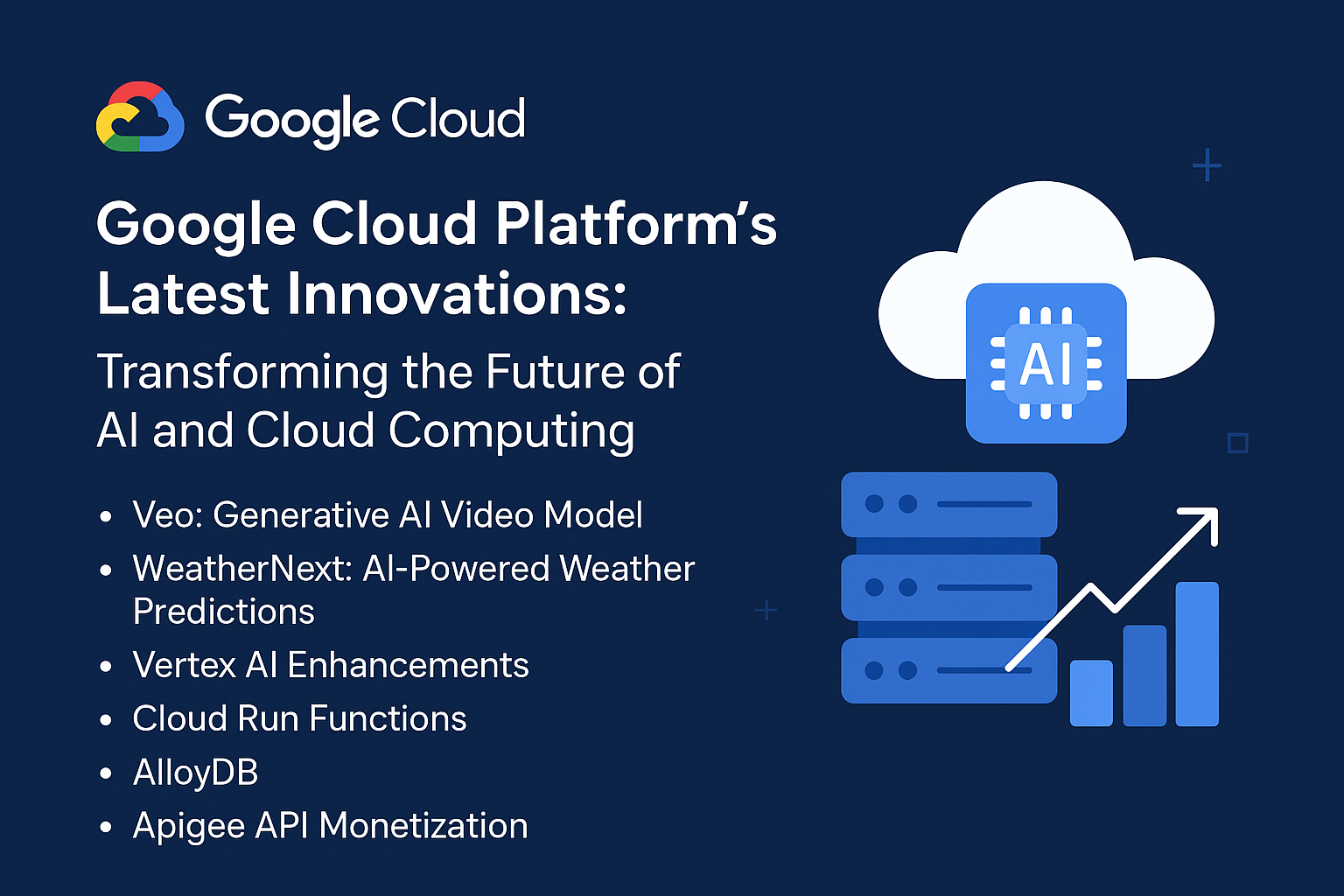Table of Contents: AI-Driven Risk Management for Businesses
- Introduction to AI-Driven Risk Management
- Overview of risk management
- How AI is revolutionizing risk management
- Importance of AI in modern businesses
- Types of Risks Addressed by AI
- Financial risks
- Operational risks
- Strategic risks
- Cybersecurity risks
- Compliance risks
- AI Techniques in Risk Management
- Machine learning models
- Natural language processing (NLP)
- Predictive analytics
- Decision tree algorithms
- Neural networks
- Benefits of AI-Driven Risk Management
- Enhanced accuracy and speed in decision-making
- Real-time risk assessment and mitigation
- Predictive insights for proactive risk management
- Cost-effectiveness
- Challenges in Implementing AI for Risk Management
- Data quality and availability
- Integration with existing systems
- Regulatory compliance
- Trust and explainability of AI models
- AI Tools and Platforms for Risk Management
- IBM Watson for Risk Management
- SAS Risk Management Solutions
- Palantir
- Microsoft Azure AI for Risk Management
- Case Studies: Successful AI-Driven Risk Management
- Financial industry use cases (e.g., credit scoring, fraud detection)
- Healthcare risk management
- Supply chain risk management
- Cybersecurity risk management
- The Future of AI-Driven Risk Management
- Advancements in AI for risk prediction
- The role of AI in digital transformation
- Ethical considerations in AI-driven risk management
- Conclusion
- Summary of key points
- The future impact of AI on business risk management strategies
1. Introduction to AI-Driven Risk Management
AI-driven risk management refers to the use of artificial intelligence technologies to identify, assess, and mitigate risks within an organization. This approach enables businesses to automate risk-related tasks, make more informed decisions, and predict future challenges. AI models can analyze large volumes of data, identify patterns, and offer actionable insights to improve business resilience.
Resource Links:
2. Types of Risks Addressed by AI
AI can help businesses address a wide variety of risks:
- Financial Risks: AI models predict market fluctuations, identify credit risks, and provide fraud detection solutions.
- Operational Risks: AI can enhance efficiency by predicting downtime, equipment failure, or supply chain disruptions.
- Strategic Risks: AI helps businesses analyze market trends and competition, guiding strategic decisions.
- Cybersecurity Risks: AI-driven threat detection models identify vulnerabilities, prevent attacks, and ensure data security.
- Compliance Risks: AI helps ensure that businesses remain compliant with regulations by automating monitoring processes.
Resource Links:
3. AI Techniques in Risk Management
Several AI techniques are used to manage business risks:
- Machine Learning Models: These models can predict future risks based on historical data and identify anomalies in business processes.
- Natural Language Processing (NLP): NLP helps analyze unstructured data, such as legal documents or social media feeds, to detect potential risks.
- Predictive Analytics: AI uses data to forecast potential risks, allowing businesses to take preemptive actions.
- Decision Tree Algorithms: These algorithms map out possible decisions and their outcomes to assess risk in different scenarios.
- Neural Networks: Used for complex pattern recognition in large datasets, neural networks help identify risks that may not be immediately obvious.
Resource Links:
4. Benefits of AI-Driven Risk Management
AI improves risk management by offering several key benefits:
- Enhanced Accuracy and Speed: AI can analyze large data sets quickly and accurately, providing actionable insights that improve decision-making.
- Real-Time Risk Assessment: AI systems can continuously monitor risks and respond in real-time, reducing the chances of a crisis.
- Predictive Insights: AI predicts potential risks before they occur, allowing businesses to mitigate them before they escalate.
- Cost-Effectiveness: Automation reduces the need for manual intervention and decreases the costs associated with human error.
Resource Links:
5. Challenges in Implementing AI for Risk Management
While AI offers significant benefits, it also comes with challenges:
- Data Quality and Availability: AI systems require high-quality, reliable data to make accurate predictions. Poor data quality can lead to inaccurate insights.
- Integration with Existing Systems: AI solutions may need to be integrated with existing risk management frameworks, which can be complex and costly.
- Regulatory Compliance: Businesses must ensure that AI solutions comply with regulatory frameworks, such as GDPR or financial industry standards.
- Trust and Explainability: AI models, especially deep learning models, are often seen as “black boxes.” Businesses must ensure transparency in decision-making processes to gain stakeholder trust.
Resource Links:
6. AI Tools and Platforms for Risk Management
Several platforms and tools offer AI-driven risk management solutions:
- IBM Watson for Risk Management: An AI-powered platform designed to help businesses manage risks by identifying potential threats and providing risk insights.
- SAS Risk Management Solutions: These tools leverage AI to enhance risk assessment and mitigation in financial and operational areas.
- Palantir: Palantir offers AI-driven data analytics for managing risks in large-scale enterprises.
- Microsoft Azure AI for Risk Management: This platform offers tools for predictive analytics, data processing, and AI integration into existing risk management practices.
Resource Links:
7. Case Studies: Successful AI-Driven Risk Management
Various industries have successfully integrated AI for risk management:
- Financial Industry: Banks and financial institutions use AI for credit scoring, fraud detection, and market prediction.
- Healthcare: AI is used to predict patient risks, optimize resource allocation, and ensure compliance with health regulations.
- Supply Chain: AI models predict and manage risks related to supply chain disruptions, such as delays or shortages.
- Cybersecurity: AI-driven systems continuously monitor network activity to detect and mitigate cybersecurity risks.
Resource Links:
8. The Future of AI-Driven Risk Management
AI-driven risk management is evolving rapidly:
- Advancements in AI for Risk Prediction: As AI continues to advance, its ability to predict and manage risks will become even more sophisticated.
- Digital Transformation: AI is playing a pivotal role in the digital transformation of businesses, offering deeper insights and more automated systems.
- Ethical Considerations: As AI becomes more integrated, ethical issues such as bias, transparency, and accountability will need to be addressed.
Resource Links:
9. Conclusion
AI-driven risk management is transforming how businesses identify, assess, and mitigate risks. With the ability to analyze vast amounts of data quickly, AI enables businesses to stay ahead of potential threats, improve decision-making, and enhance overall resilience. As technology evolves, the integration of AI in risk management will continue to grow, providing even more accurate and actionable insights.
Resource Links:
This table of contents and elaboration provide a comprehensive overview of AI-driven risk management. You can follow the resource links to dive deeper into each section for further insights.

